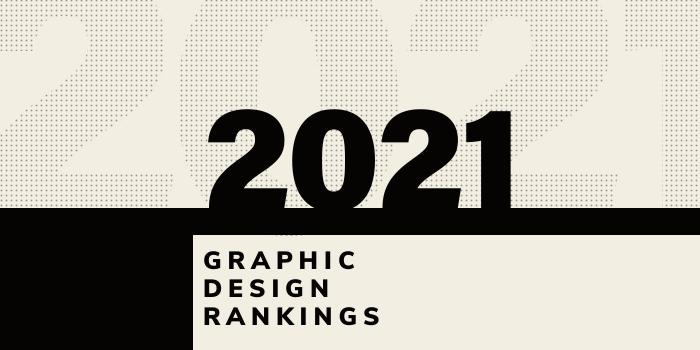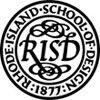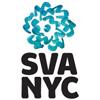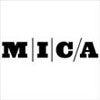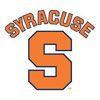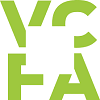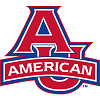Founded in 1887, Pratt Institute is situated in the historic Clinton Hill section of Brooklyn, New York. The school, which prepares its nearly 5,000 students for careers in architecture, art, design, information science and liberal arts, and liberal arts and sciences, offers more than 25 undergraduate degree programs and concentrations along with more than 26 graduate degree programs. In addition to the Brooklyn campus, programs are offered at campuses in Manhattan and Utica, New York.
At the main campus in Brooklyn, students are enrolled in programs in the schools of Architecture, Art, Design, and Liberal Arts and Sciences. Founded in 2014, The School of Design offers “up to four of Pratt’s oldest and most esteemed disciplines,” says the school, including Communications Design (BFA, MFA), Fashion Design, Industrial Design, and Interior Design. The School of Art offers an Associate of Occupational Studies (AOS) in Graphic Design and an AAS in Graphic Design/Illustration. All programs offer the opportunity to complete an internship.
The AOS is an intensive 69 credit hour program integrates “the best of new media and technologies with a strong commitment to a traditional art and design curriculum.” This career track option takes just two years to complete. The AAS program is also 69 credit hours. Students in the program” follow an exciting art and design curriculum that includes a liberal arts component.” This positions students to transfer to Pratt’s Fine Arts Department or the BFA in Communications Design.
In the Communication Design Program, “students learn to engage audiences, explore technologies, develop visual languages, challenge preconceptions, redefine problems, and identify opportunities through the lens of communication design.” Students in the BFA program have the opportunity to choose a focus area. Options include Graphic Design, Illustration, and Advertising Art Direction.
Graphic Design students will “explore topics and modes of practice, such as typographic and identity systems, visual rhetoric, interactivity, experience design, sustainability, and inclusivity.” Projects in the program “encourage critical inquiry, collaborative processes, and experimentation with multiple technologies and platforms.” Through electives students can explore a “wide spectrum of specializations in graphic design, including user experience, motion graphics, type design, independent publishing, data visualization, and post-artifact books.”
The 60 credit hour MFA in Communications Design emphasizes studio practice in graphic design—communications, identities, objects, environments, and systems. Graduates are prepared to enter careers in print and digital media, typography, identity systems and branding, design strategy, social media and interaction design, motion design, environmental design, data visualization, information design, and user experience design.
For aspiring graphic designers seeking an advanced degree with a specific focus, the School of Design-Communications Design Program offers a MS in Package Design. First offered in 1966, this 48 credit hour program is an initial master’s degree that offers students structured courses on the decision-making process for new product and package development, featuring direction in package design, typography, brand development, marketing, structural packaging, packaging technology, fragrance packaging, and the business aspects of the package industry. This is a full-time program, which culminates in a capstone thesis project.
For students who are not yet ready to commit to a degree program, the School of Continuing and Professional Studies (SCPS) offers Certificate Programs in Digital Design including Graphic Design, Digital Product Design, Human-Centered Design, Motion Graphics, and many others. These programs may be taken individually or “stacked,” producing an “accelerated path to completion.” Like the undergraduate and graduate Communication Design/Graphic Design programs, Certificate programs offer the opportunity to complete an internship.
Students in all programs will have the opportunity to enroll in one of more than 20 study abroad programs and international exchange programs in over a dozen locations such as Florence, Milan, Copenhagen, London, and Tokyo.
Graduates of the Graphic Design and Communication Design Programs at Pratt are “equipped to pursue a spectrum of exciting career paths as creative professionals.” Pratt alumni “continue to distinguish themselves in design studios, cultural institutions, branding agencies, and independent enterprises making significant contributions to the fields of art and design, publishing, education, film, gaming, advertising, and many more.”


